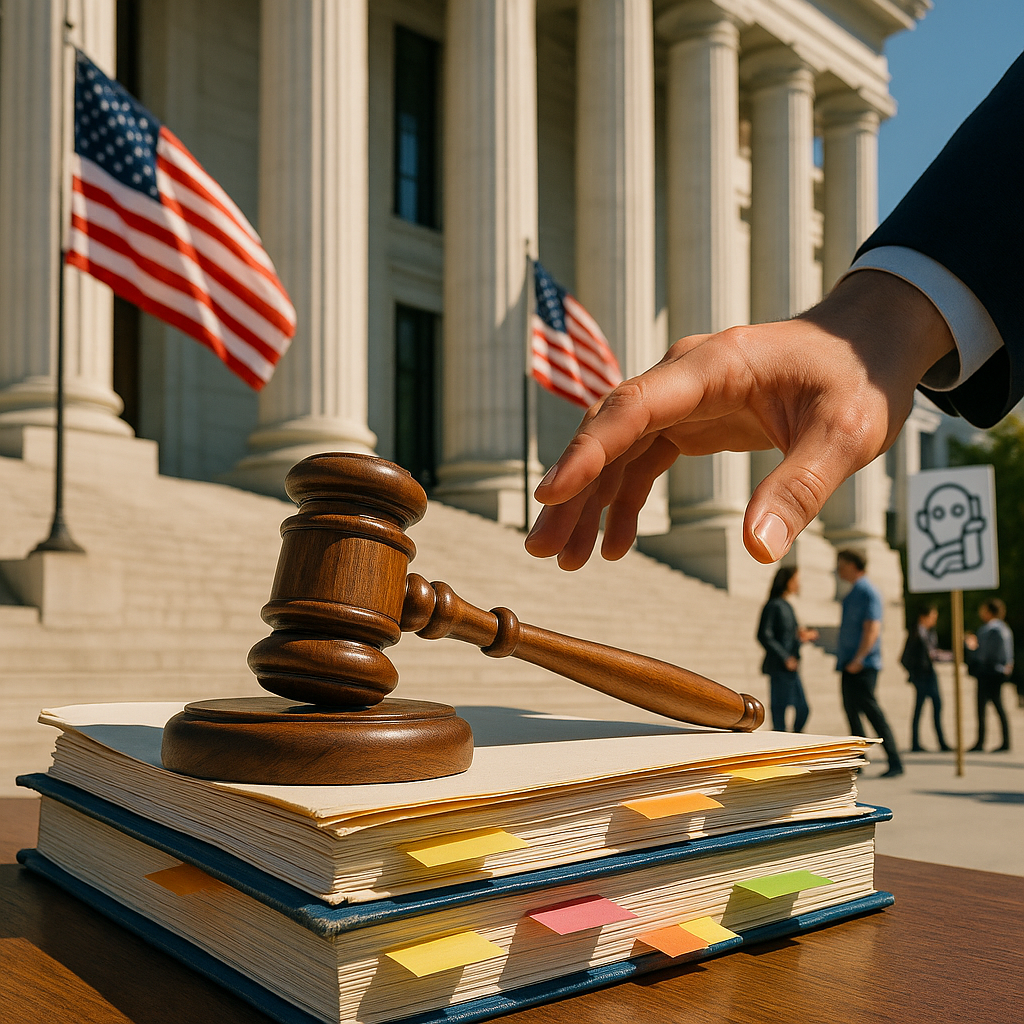Turning Point: Senate Strikes AI Moratorium, Preserves State Regulatory Authority
Published Nov 11, 2025
In the past fortnight U.S. AI policy crystallized around state vs. federal authority after the House narrowly passed a 10‐year moratorium on state AI laws (215–214), which the Senate overwhelmingly struck down 99–1 on July 1, 2025. The decision preserves state regulatory flexibility as governors and legislatures accelerate rules on consumer safety, privacy and liability—exemplified by California’s SB 243 and AB 316—while exposing the fragility of a comprehensive federal framework despite Executive Order 14179. Bipartisan public and advocacy opposition to the moratorium signals appetite for accountable, local risk mitigation. The moment positions states as policy laboratories and increases pressure on Congress to deliver balanced national rules that strengthen liability and enforcement, preserve state authority where appropriate, and set clear thresholds for high‐risk AI.
